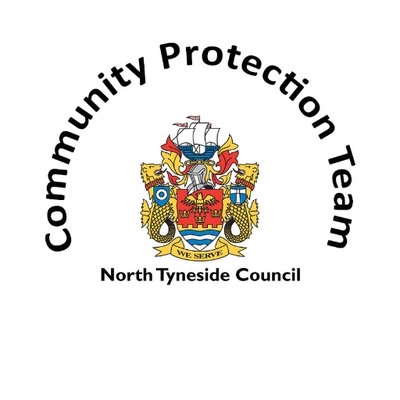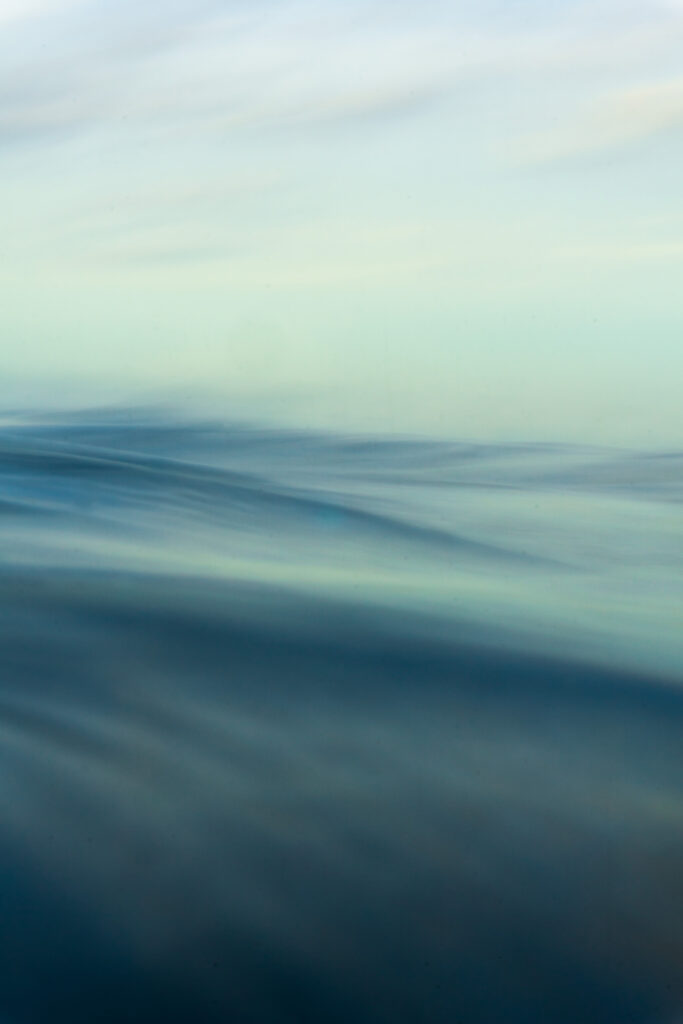Operation Coastwatch 2022
Operation Coastwatch enters its second year
Based on the lessons from Summer 2020 and 2021, local police, North Tyneside Council, Nexus and others have been continuing to work together to tackle issues that arise along the coast during the summer period. Cullercoats Collective are proud to be able to work alongside these organisations to help communicate issues faced by those that live in, work in or visit our beautiful area.
There have been times when residents and businesses: cafés, fishermen, leisure facilities begin to ‘mass-evacuate’ the beach and shelter from our community spaces because of the issues that happen a short while after the sunrise, to return to ‘assess the damage’ left and begin the cleanup process after the sun had gone down. One of the main reasons that Cullercoats Collective was formed, was because a group of residents and businesses who were ‘fed up’ and wanted to do something about this recurring annual issue for good, and hold the Council and the police to account.

Operation Coastwatch 2021 seemed to have a positive impact in Cullercoats. Last year we only had to call one full scale TRASHMOB, something we had to do a number of times the year before. We also heard stories from those that live in Cullercoats and local businesses that things felt calmer and that when problems did begin to arise the Police were on the scene quickly and seemed to be able to disperse those set on causing issues.
You can use the icons below to skip to each section
There's increased footfall in town on a match day and therefore increased police presence, what about the increased footfall at the beach on a hot day?

Warm weather plan
Operation Coastwatch 2021 strategy was to have a warm weather plan and this has been continued into 2022. When the weather forecast says the temperature is going to be above 18c then more resources are put in place along the coast to deal with the increased footfall.
From Police, we can expect to see them meeting people from the metro, handing out dispersal notices when required, and seizing alcohol from those who should not be carrying it. Our Neighbourhood officers will be working with Marine police, and other police resources should they need it.
North Tyneside Council (NTC) also have a warm weather plan. There is and will be further added local authority resource this year including increased CCTV (Last year a camera was installed covering Cullercoats Bay and an additional camera has been added at the bottom of Station Road) with surveillance now coming under Operation Coastwatch where the NTC’s Community Protection Team on duty can radio into CCTV control to help with watching alongside the boots on the ground. There are also 3 mobile CCTV vans than will be deployed to areas where Anti-Social Behaviour has been reported. There is also Extra resource on warm weather days, now covering weekends as well as weekdays, will also be to issue Fixed Penalty Notices (FPNs) under public space protection order breaches (dog fouling, littering, etc.) and working with NTC Cleansing Teams on ways to ensure overflowing bins are seen to more responsively. These resources include up to 8 Marshals, 4 Beach Wardens, up-to 4 Environmental Enforcement Wardens and 4 Community Protection Officers.
However, we are expecting another LONG summer, regardless of weather!
How will cullercoats collective work with operation coastwatch to help make cullercoats a positive place to live, work and visit?



OPERATION COASTWATCH AND CULLERCOATS COLLECTIVE
Cullercoats Collective have been providing feedback from previous years, concerns from our Community and what strategies we have in place that can support Operation Coastwatch (e.g. TRASHMOBs).
We can help inform Operation Coastwatch, help with their surveillance/intelligence, decrease public scrutiny and our communities’ anxieties by helping to disseminate their plans, and hold them to account.
We are keen to work alongside Operation Coastwatch on proactive strategies as well as reactive, to build up a positive presence.
Operation Coastwatch and showing Pride of Place (Cleansing: litter, bins)
We asked for North Tyneside Council to work with us towards our Pride of Place Strategy goals. We need the Council to show that they are looking after Cullercoats as much (if not more) than us.
We highlighted the concerns with bins overflowing or being left overnight, where the wind, seagulls and rats undo the work of all litter picking volunteers and make problems worse. We asked about the scope to ensure that the Cleansing Team and Community Protection Team work flexibly, overtime (e.g. to 8pm on hot days and weekends) and allow us to help identify and communicate particularly problematic areas.
Summary of Actions
ASB
- CCTV to cover Cullercoats Bay and Station road alongside 3 mobile CCTV units.
- NTC Community Protection Team and Northumbria Police will share Operation Coastwatch duty rotas with Cullercoats Collective.
- Nexus have introduced a text number to report issues on Metros and at Stations. This sits alongside other reporting routes.
- In an emergency dial 999 Police
- non emergency call 101
- On a Metro station use the Metro ‘Help Point’, or speak to a member of staff
- On a Metro train Tel/Text: 0191 203 3666
- Added Police and Local Authority resources
Litter
- The Surf rake will be used each day from April 1st this year
- Cleansing to provide us with a plan of action for this season.
Added Points
- Operation Coastwatch will be meeting with local businesses (egg, Off-licenses) around sale of alcohol.
- Operation Coastwatch to share the plan with Cullercoats Collective, for dissemination to our wider community.










